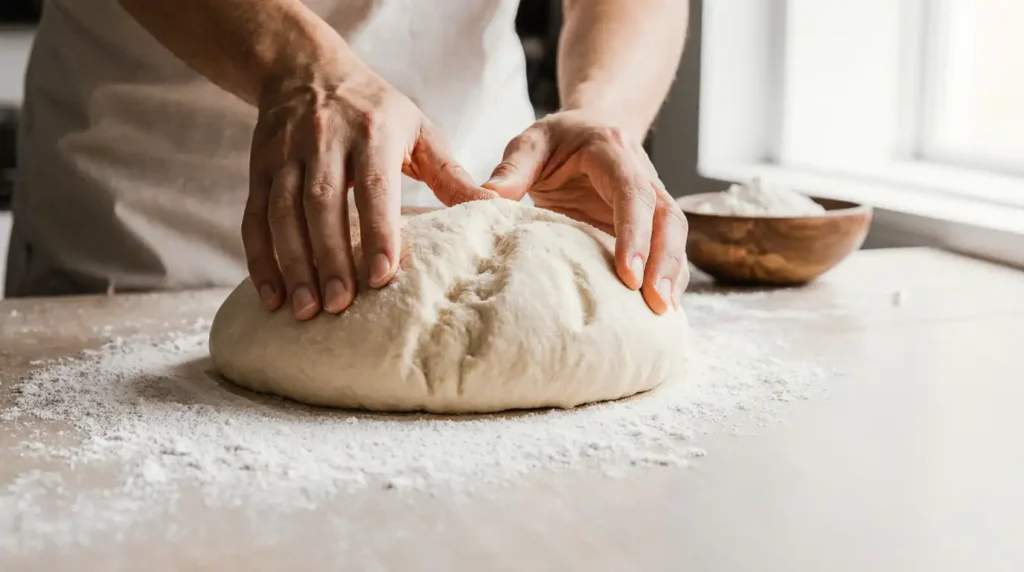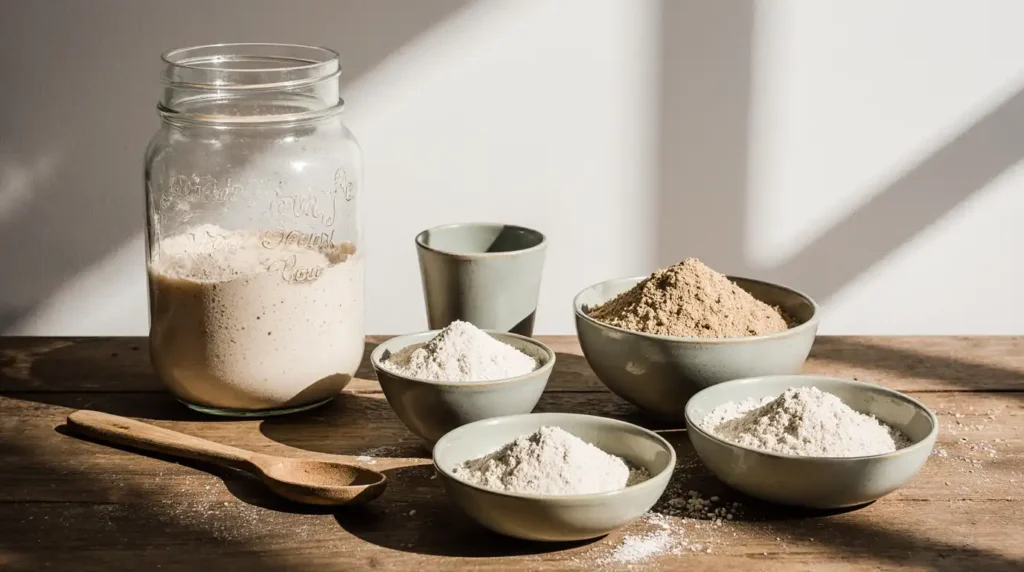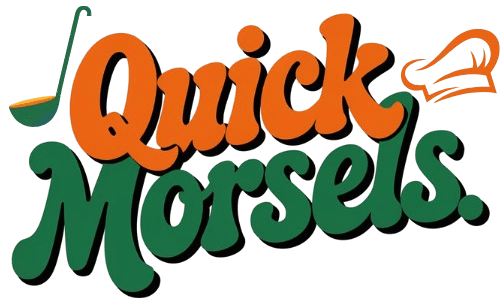Let’s not make sourdough more complicated than it is.
It’s just flour, water, salt—and time. But yeah, there are some things that help a lot once you know them.
These are my sourdough baking tips for real life. The stuff I learned from messing up, not from some fancy bakery.
We’ll talk:
- Picking the flour that actually works.
- Dealing with temperature and fermentation.
- How to knead without turning it into a brick.
- When you can use discard instead of a bubbly starter.
No rules carved in stone. Just what works.
Choosing the Right Flour for Sourdough
Flour matters. That’s it.
Bread flour has more protein. Makes stronger, chewier bread.
All-purpose is softer. Still works fine but can spread more.
Whole wheat or rye? Adds flavor, but soaks up more water and ferments faster. I like mixing them in, not going 100%.
My usual? Whatever I have. Usually:
- 70% bread flour
- 30% whole wheat or rye
You don’t need anything fancy. Just know what you’re using so you can tweak water or timing if it feels too wet or dry.
Temperature, Humidity, and Fermentation Times
Warm kitchen? Dough rises faster.
Cold kitchen? Slower.
That’s it.
Hot day? Watch it so it doesn’t blow out.
Cold? Let it take its time—flavor gets better.
Humidity makes dough stickier. Add a bit of flour if needed.
Fridge slows everything. More control. Better taste.
I usually stick it in the fridge overnight.
No rules. Just pay attention.

Kneading Techniques for Sourdough
You don’t need to beat it to death.
Kneading builds strength. But you don’t have to stand there forever.
I like stretch and folds:
- Grab, stretch, fold over.
- Quarter turn.
- Repeat a few times.
Do that every 30–45 minutes during bulk. That’s enough.
Too lazy? Even one or two sets work.
Dough should feel smooth, elastic—not tearing. That’s your cue it’s good.
No perfect method. Just don’t overdo it and wreck the bubbles.

How to Use Discard vs. Active Starter in Baking
Active starter is bubbly, ready, alive. That’s what you need for bread that rises well.
Discard is old starter you’d toss. Not dead, just tired.
Use active for:
- Bread
- Pizza dough
- Anything you want big rise and structure.
Use discard for:
- Crackers
- Pancakes
- Muffins
- Waffles
- Anything where you don’t care about rise.
I keep both. Feed the starter when I need bread. Use discard for everything else so I’m not wasting flour.
Easy.
Conclusion
Sourdough isn’t fancy.
Pay attention. Feed it. Don’t waste the discard.
Use good flour if you can. Watch how warm or cold your kitchen is. Be gentle with the dough.
That’s really it.
You’ll mess up sometimes. That’s fine. Just try again.
Got questions or tips? Drop them in the comments. Let’s figure it out together.
Teach them feeding, storing, troubleshooting. How to Care for Your Sourdough Starter
Great for readers ready to bake. Easy Sourdough Bread Recipe
Ties in perfectly for savory baking ideas. Sourdough Pizza and Flatbreads
Shows other discard-friendly recipes. Sourdough Breakfast Recipes
A respected, practical resource. King Arthur Baking: Sourdough Guide
Always good to promote safe food handling. FDA Food Safety Tips
Got your own sourdough baking tips or questions? Drop them in the comments. Let’s swap ideas, share what actually works, and help each other bake better bread.

